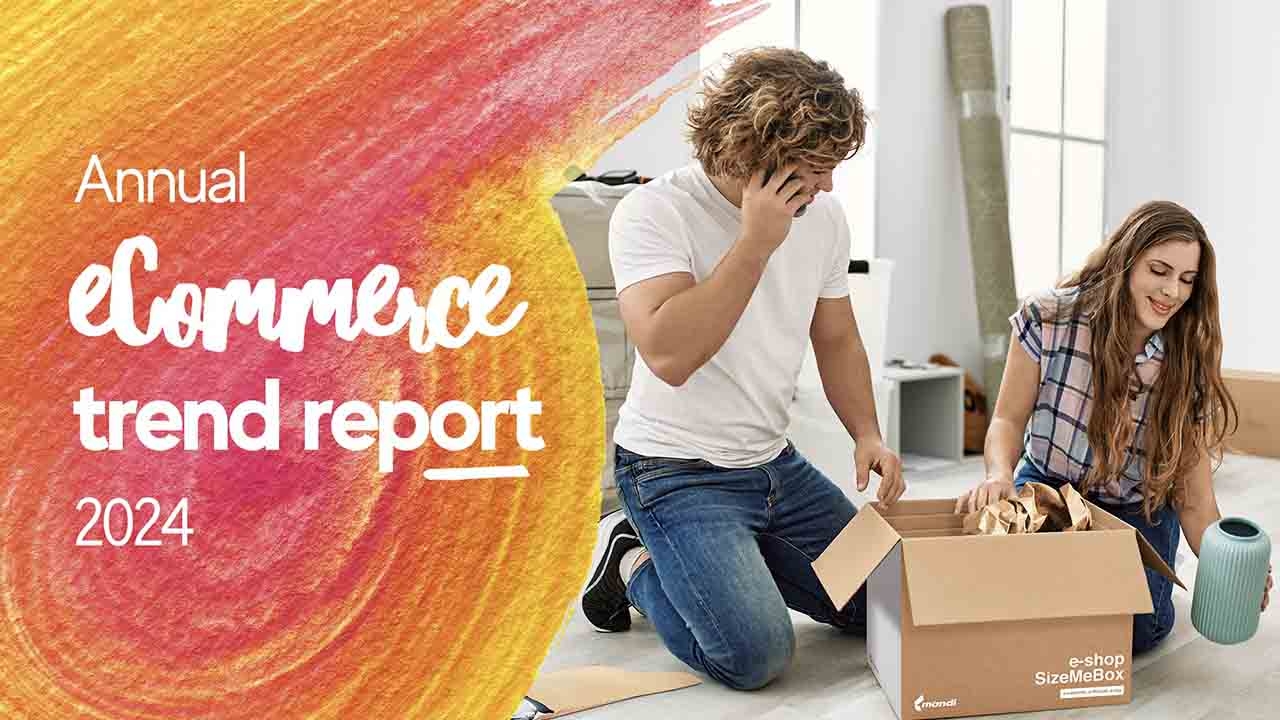Mondi announces its fifth annual e-commerce report
This annual online study was conducted during the last quarter of 2023 and includes the views of 6,000 consumers.

Mondi, a sustainable packaging and paper producer, has announced the results of its fifth annual e-commerce report, which details overall trends, analysis and customer attitudes regarding e-commerce and how packaging affects their entire experience. Including the views of 6,000 consumers, this report also includes country-specific results for six major markets, including Czech Republic, France, Germany, Poland, Sweden and Turkey.
The result of the study provides e-commerce brands with key information on best meeting consumer needs.
‘We felt compelled to share more than just packaging trends to shed light on spending habits, shopping frequency, social commerce use, and behavior related to recycling and reuse,’ said Nedim Nisic, Mondi group e-commerce director. ‘The result is a treasure trove of data useful for every e-commerce company, not only those trying to satisfy consumers' packaging demands but to influence the entire experience. We also wanted to promote collaboration among the packaging industry, e-commerce platforms, and other key stakeholders to meet consumer expectations and sustainability efforts.’
Emerging trends and newer insights include what’s happening around social commerce, re-commerce and sustainability movements across generations. Overall, the report looks at four key areas: consumer online shopping behavior, attitudes towards packaging and unboxing experiences, perceptions and behaviors towards recycling and reusing, and the future of eCommerce packaging.
Social commerce behavior drives a significant amount of purchases
Almost half (44 percent) of consumers have bought via social commerce in the past 12 months, with Facebook and Instagram accounting for the majority of purchases, while TikTok ranked at 20 percent. The trend is particularly strong among millennials and Gen Z, who predominantly spend on fashion. The younger cohort spent most of their money on fashion products (approximately 60 percent) in the last 12 months, compared to cosmetics, grooming, sports and leisure, technology and homeware, which all sit between 30-40 percent combined.
Decline in online shopping overall frequency and Gen X looking for best pricing
Despite a decline in shopping frequency due to economic constraints, 38 percent of consumers maintain their online shopping habits, driven by the search for better prices and value. The frequency of shopping online has fallen a little in 2023. This is likely to be due to shoppers continuing to head back to the store as buying behaviors have returned to more of a pre-pandemic norm, as well as perhaps shoppers cutting back their online spending as they have had to cope with the increased cost of living. But they still shop online regularly, with a quarter doing so at least once a week. The timesaving and home-delivery conveniences of online shopping are particularly attractive to all cohorts, and Gen X is known to be the most cost-conscious compared to other generations.
Nisic added: ‘This survey indicates that social commerce is becoming more mainstream, and fashion is clearly a growth driver. We see online retailers focusing heavily on the digital shopping experience and a seamless experience with social media channels is a must going forward.’
Packaging quality and recyclability are essential factors in the purchase decision; who bears the cost of returns?
Customers prioritize packaging quality and eco-friendliness, with 88 percent valuing protective packaging and a substantial portion considering recyclability important. Regional differences exist, with Turkish consumers showing a high demand for resealable packaging. The growth of re-commerce markets indicates a consumer preference for reusable packaging, meaning that eCommerce retailers need to consider post-purchase behavior and align with sustainability demands in the circular economy. Traditionally, returns have been free since this encourages purchases. With rising costs and as related sustainability issues rise, 39 percent of survey respondents say they don’t want to pay for returns, with millennials and Gen Z most accepting to bear this cost.
Almost half won’t shop again with a brand if the packaging does not meet expectations
Unsurprisingly, given they are the generations who have grown up with the concept of unboxing rather than simply the opening of a parcel, it’s again millennials and Gen Z that most highly rate the importance of packaging to the unboxing experience—with two-thirds (66 percent) of Gen Z and 65 percent of millennials rating it important or very important, compared to only 46 percent of boomers. A negative unboxing experience, with overpackaging being the most referenced grievance, shows nearly half (47 percent) saying it could put them off buying again. In comparison, 45 percent say they would not buy again from a brand whose packing is challenging to recycle.
Overall, there is a substantial focus on sustainability and environmentally friendly packaging without compromising paper quality, protection capabilities, or the overall unboxing experience. The report suggests that nearly 60 percent of consumers expect compostable or recyclable packaging in the near future.
Stay up to date
Subscribe to the free Label News newsletter and receive the latest content every week. We'll never share your email address.

